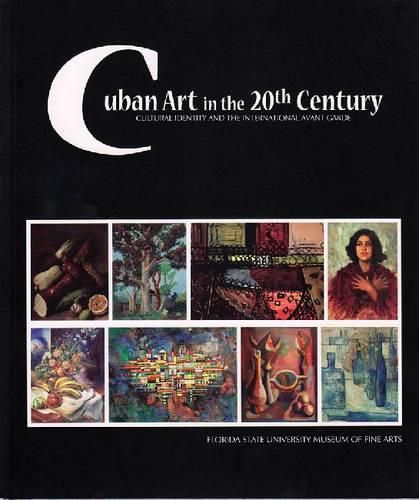Readings Newsletter
Become a Readings Member to make your shopping experience even easier.
Sign in or sign up for free!
You’re not far away from qualifying for FREE standard shipping within Australia
You’ve qualified for FREE standard shipping within Australia
The cart is loading…






Modern Cuban art emerged in Havana in 1927 and matured during the next two decades. Its inception is mainly defined by a rupture with academic art, the appropriation of European avant-garde formal inventions, and the subjective symbolization of national ethos. In the 1940s a new generation of artists expanded their artistic sources to include popular art and explored new symbols of collective identity. By the 1950s a third generation of modernist artists abandoned figuration, the representation of Cuban themes, and turned to abstraction and introspection.
Cuban Art in the Twentieth Century is an historical progression of works by important artists from a complex modern movement described by several discrete periods: Colonial, Early Republic, First Generation, Second Generation, Third Generation, Late Modern, and Contemporary Periods. The Cuban modern art movement consists of a loose group of artists, divided into generations, who counted on the moral support of an intellectual elite and who had minimal economic help from the private and public sectors. In spite of a fragile infrastructure, this art movement, along with similar movements in literature and music, played a major role in defining Cuban culture in the twentieth century.
$9.00 standard shipping within Australia
FREE standard shipping within Australia for orders over $100.00
Express & International shipping calculated at checkout
Modern Cuban art emerged in Havana in 1927 and matured during the next two decades. Its inception is mainly defined by a rupture with academic art, the appropriation of European avant-garde formal inventions, and the subjective symbolization of national ethos. In the 1940s a new generation of artists expanded their artistic sources to include popular art and explored new symbols of collective identity. By the 1950s a third generation of modernist artists abandoned figuration, the representation of Cuban themes, and turned to abstraction and introspection.
Cuban Art in the Twentieth Century is an historical progression of works by important artists from a complex modern movement described by several discrete periods: Colonial, Early Republic, First Generation, Second Generation, Third Generation, Late Modern, and Contemporary Periods. The Cuban modern art movement consists of a loose group of artists, divided into generations, who counted on the moral support of an intellectual elite and who had minimal economic help from the private and public sectors. In spite of a fragile infrastructure, this art movement, along with similar movements in literature and music, played a major role in defining Cuban culture in the twentieth century.